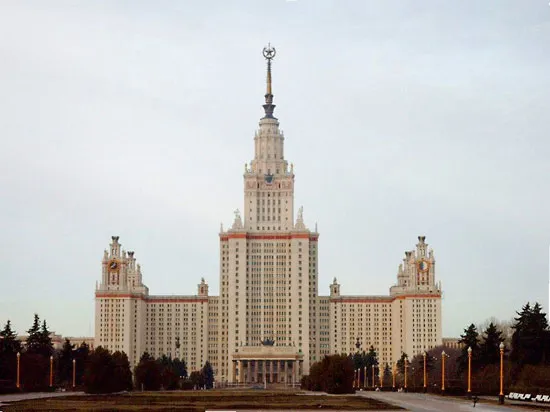8.1 Modernism and the Early 20th Century
1/25
There's no tags or description
Looks like no tags are added yet.
Name | Mastery | Learn | Test | Matching | Spaced |
|---|
No study sessions yet.
26 Terms
Modernism
philosophical, as well as an art movement from the late 19th to the mid-20th century.
design for the present and eliminate elements of the past (historicism, tradition, academicism, style)
experimented with new forms of expression
characterized by industrialization, rapid social change, advances in science and the social sciences, as well as reactions to the horrors of World War I
Modernist Architecture
function of buildings, approached from an analytical viewpoint, honest use of materials, elimination of ornament and decoration, and openness to structural innovation
Chicago School of Architecture
skyscraper architecture (buildings with 10-20 floors)
1879-1910 by designer-engineer William Le Baron Jenney
Skyscrapers
developed as an answer to rebuilding the city after:
1. great fire of 1871
2. growth in population
3. introduction of the elevator by Elisha Otis
4. drop in the price of steel
William Le Baron Jenney
Home Insurance Building in Chicago (1884-85), first high-rise in America to use a metal frame.
pioneered the use of terracotta and iron to reduce the risk of skyscraper fires.
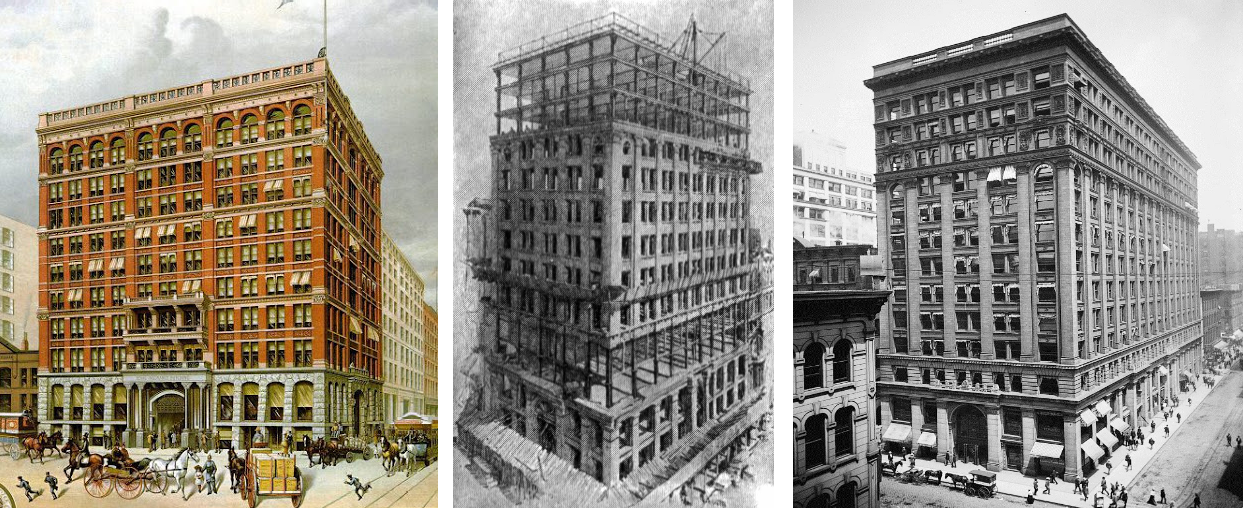
Henry Hobson Richardson
Marshall Field Wholesale Store (1887)
“Richardson Romanesque”

Daniel H. Burnham
Reliance Building (1895) in Chicago
Flatiron Building (1902) in New York
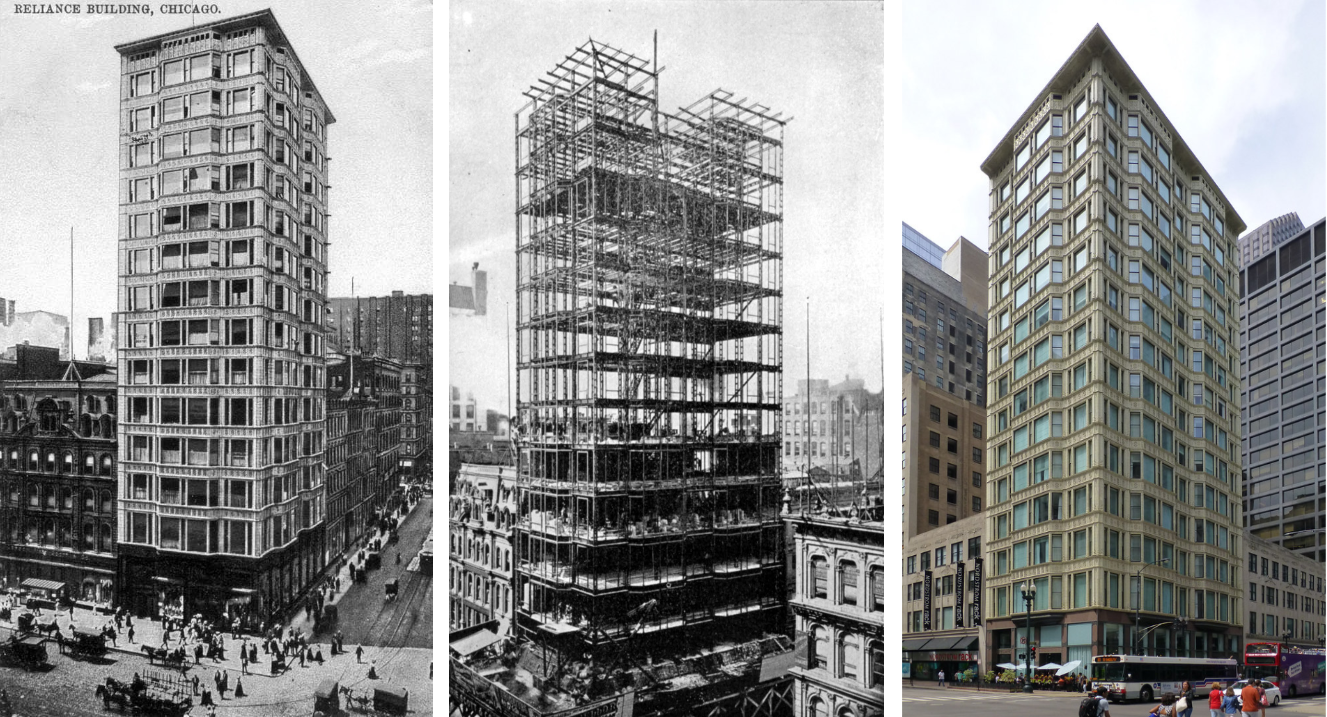
Louis Sullivan
created a new "modern" aesthetic for high-rise towers. Adopting the credo "form follows function"
Auditorium Building - New York
Prudential (Guaranty) Building - New York

Auguste Perret & Gustav Perret
pioneers in using reinforced concrete
The Théâtre des Champs-Élysées (1913)
The Church of Notre-Dame du Raincy (1929)
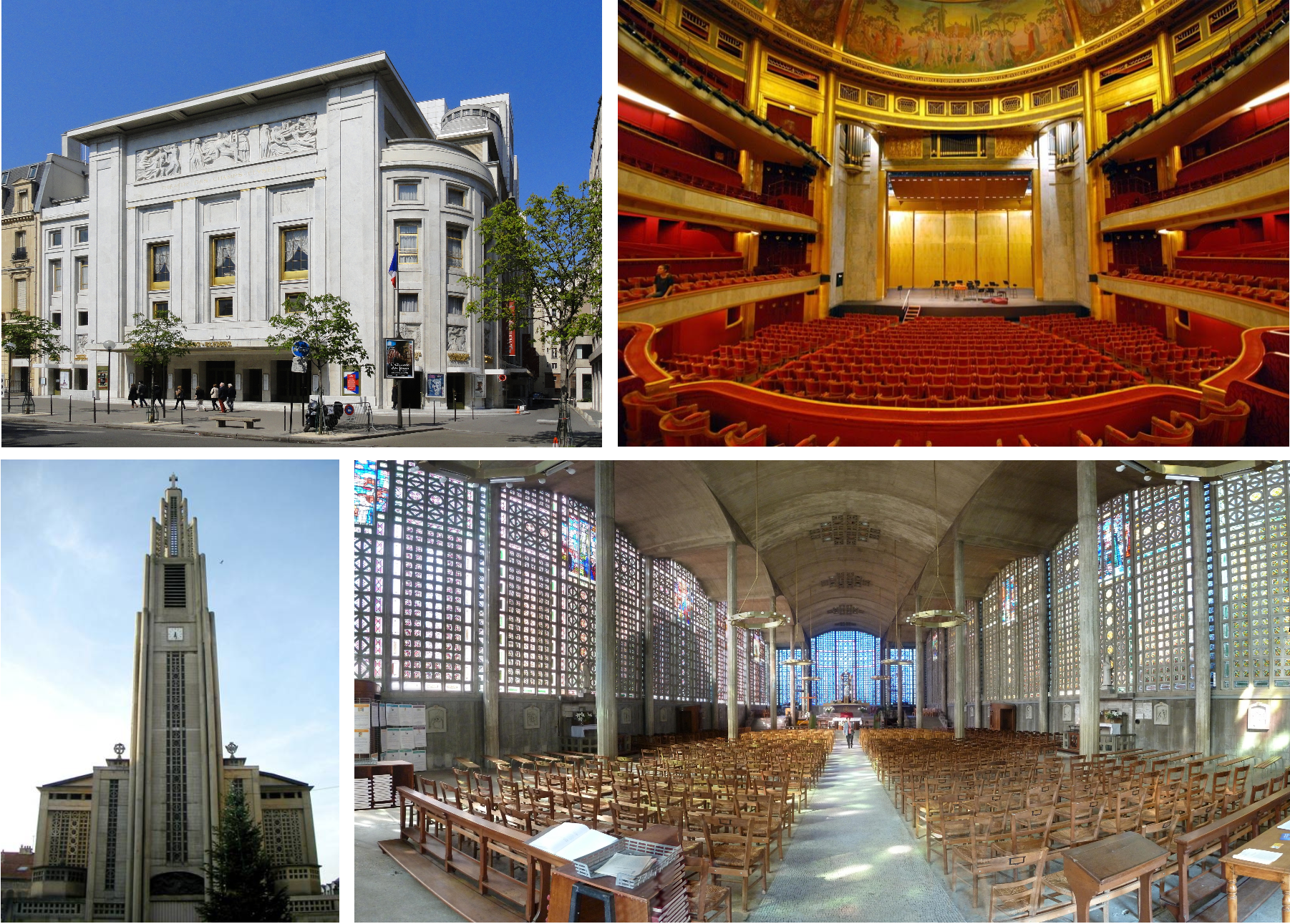
Otto Wagner and Adolf Loos
Viennese architects who rejected traditional styles and took a more rational approach to architecture, favoring practicality and function
Austrian Postal Savings Bank
Looshaus

Frank Lloyd Wright
organic architecture - creating harmony within the different parts of a building, and between the building and its surroundings
Unity Temple
Larkin Building

Wiener Werkstätte
formed by architect Josef Hoffmann and designer Koloman Moser
creation of the Gesamtkunstwerk, or "total work of art," that sought to create a unified aesthetic across an entire designed environment
artistic production of utilitarian items in a wide range of media
Palais Stoclet
Futurist Architecture
Antonio Sant'Elia
long horizontal lines & streamlined forms, influenced by the machine age
Art Deco
Exposition Internationale des Arts décoratifs et Industriels Modernes (International Exhibition of Modern Decorative and Industrial Arts) held in Paris in 1925
embraced all types of devorative art & was influenced by cubism, futurism & elements of ancient art
represented luxury, glamour, exuberance, and faith in social and technological progress
The Empire State Building by Shreve, Lamb, and Harmon
Chrysler Building by William van Alen
UST Central Seminary Building
Expressionist Architecture
merged in Germany and the Low Countries following the social, political, and economic upheavals after Germany’s defeat in World War I.
rebelled against the functionalist industrial-style structures of modernist architecture, preferring more sinuous or highly articulated forms
monolithic forms, inspired by nature with sculptural dynamism
Erich Mendelson
Einstein Tower in Potsdam, Germany

Peter Behrens
AEG Turbine Factory in Berlin, Germany
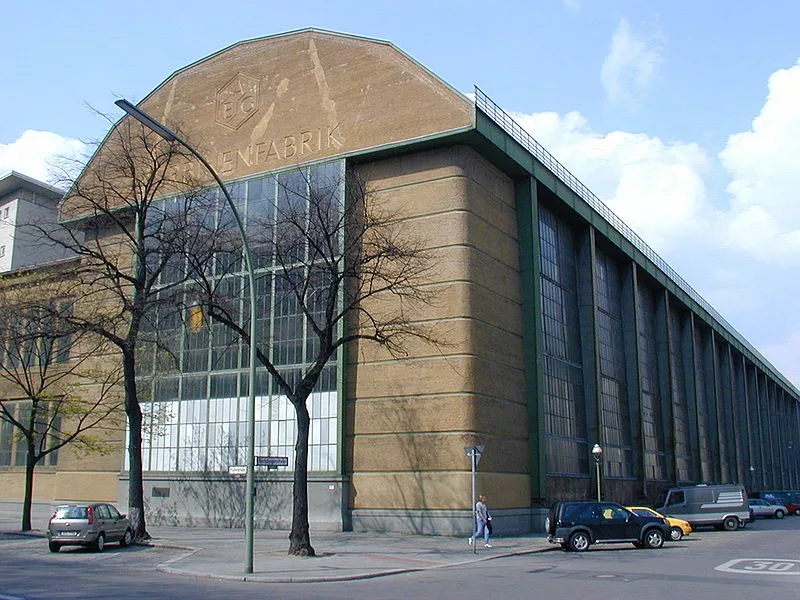
Johan Friedrich Hoger (Fritz Hoger)
Chilehaus in Hamburg, Germany
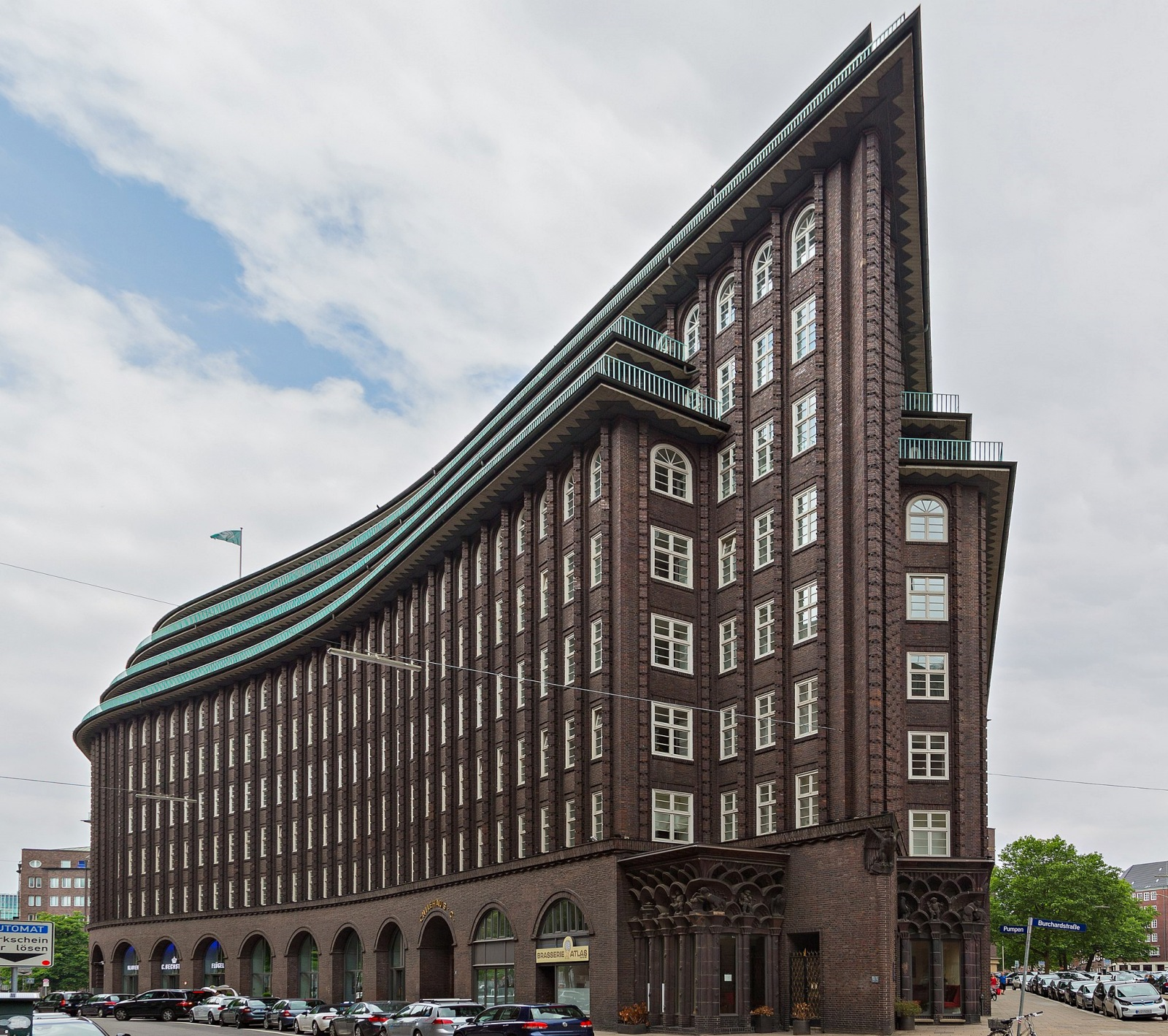
De Stijl (Neoplasticism) Architecture
to establish a compositional methodology applicable to both fine art and decorative art
characterized by austere geometrical shapes. right angles, & primary colors
Jacobus Johannes Pieter Oud
Weissenhof Estates
Cafe de Unie
Gerrit Rietveld
Riet Schröder House
Red and Blue Chair
Zigzag Chair
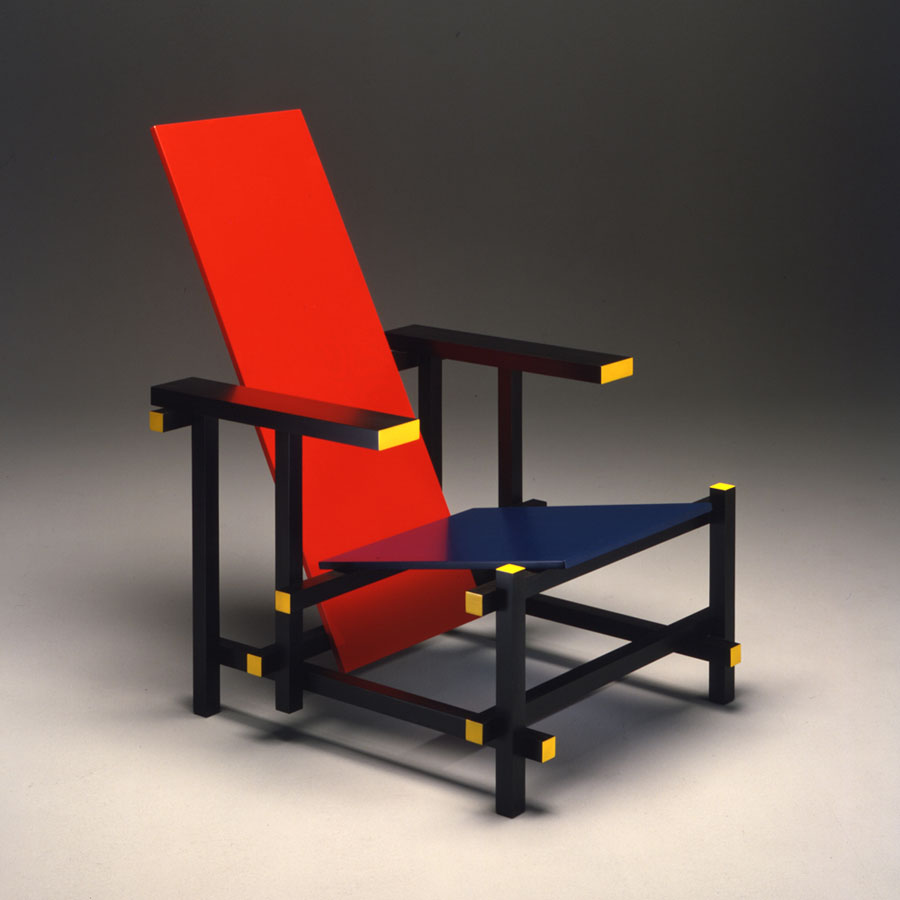
Bauhaus
german for “house of building”
design school founded by Walter Gropius in Weimar in 1919
taught a fusion of arts & crafts, between “fine” and “applied” arts
Ludwig Mies van der Rohe
last director of Bauhaus
“less is more”
“God is in the details”
Totalitarian Architecture
emerged in the 1920s and 1930s, such as Nazi Germany, the Soviet Union, and the People’s Republic of China
Architectural design under the regimes of dictators like Adolf Hitler, Joseph Stalin, and Chairman Mao was designed to awe their political subjects and impress foreign visitors
Buildings had to be conceived and built on a gargantuan scale and often incorporated elements of Greek architecture.
embodied the fantasies and megalomania of the political leader.
New Reich Chancellery
Albert Speer, Berlin
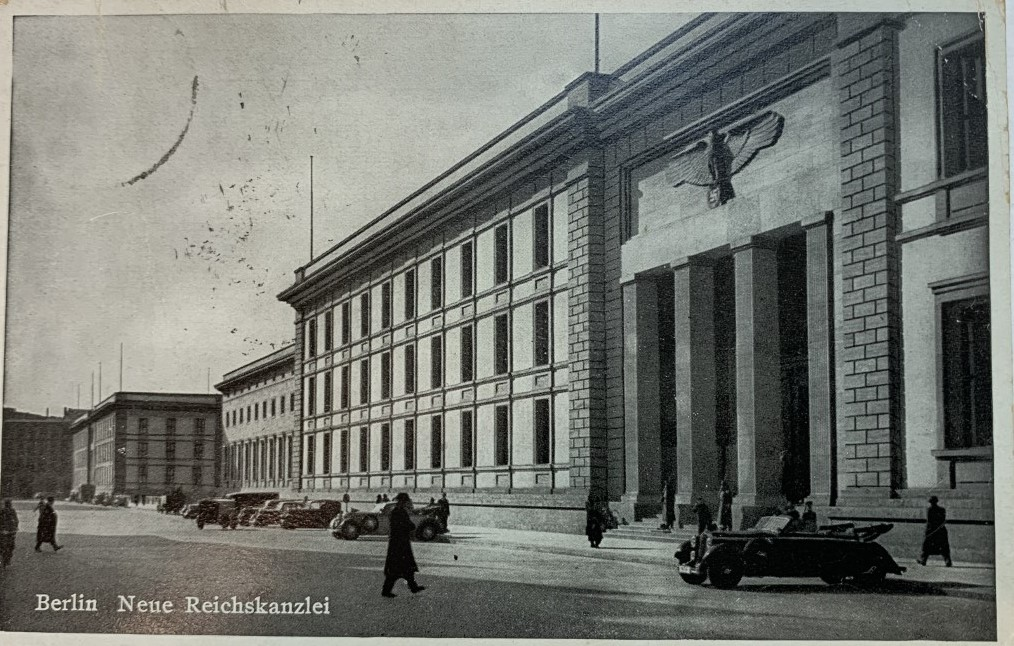
Moscow State University
Lev Vladimirovich Rudnev
